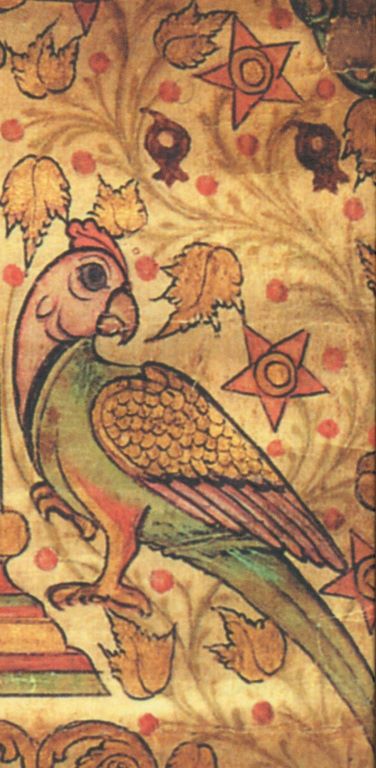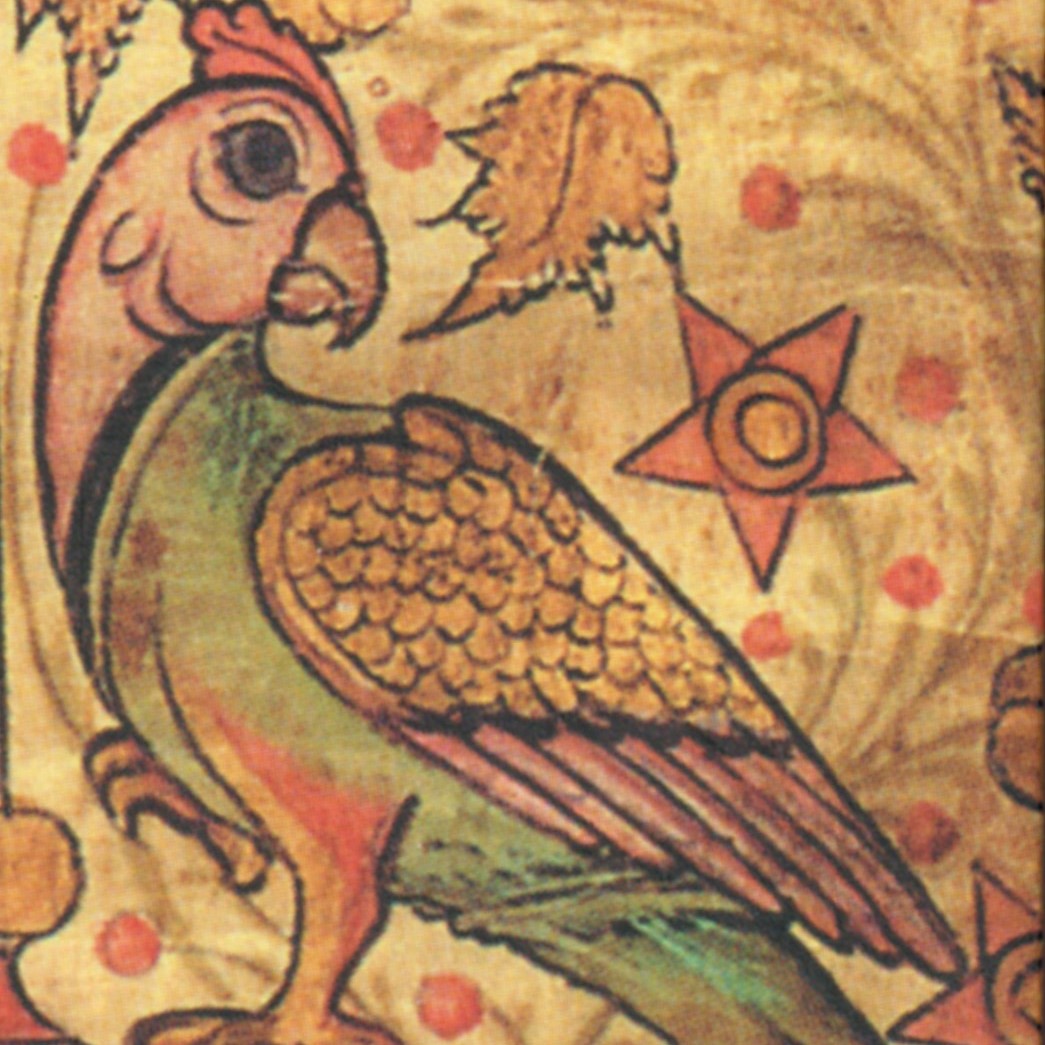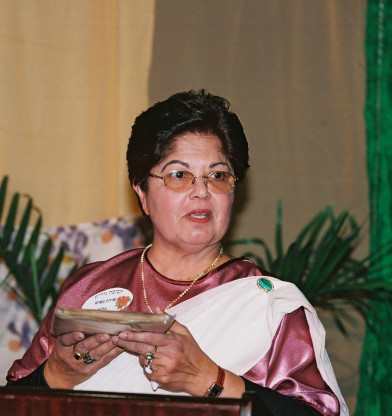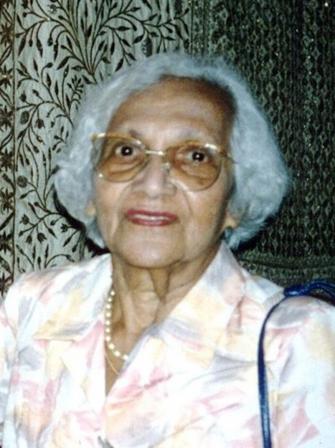2023
55. David and the Spider
The introduction to songs 54-55 is available here.
Sung and recorded by Venus Lane, Tiberias, January 26, 2023; III-72.
Āti pěriyon paḍacca paḍacca paḍappĕllāṃ paḍacca paḍappěllām
Ādāmāṟīśona ŏņḍākki bhūmīlu, ŏņḍākki bhūmīlu
1. God the Almighty created the world. It was God Who created the world.
When God created Adam Harishon, when Adam was made in the world,
At that time a robe was made for Adam. A robe was created for him.
It was Adam Harishon who wore that robe, Adam who wore the robe.
After that time, so many years passed, so many years passed by.
Adam Harishon went to his rest; Adam then rested in peace.
Now who was the one to inherit the robe? Who should inherit the robe?
Each time the reigning Raja should wear it—the King who was ruling each time.2. And so came the robe to Shaul Hamelek when he was ruling as King.
But Ishai’s son David put on that robe. David put on the robe.
The mind of King Saul was filled with anger. With anger his mind was filled.
“This man must be killed!” said Shaul Hamelek. “Now this man must be killed!”
When David heard this, he fled for his life. In fear of his life David fled.
Fleeing, he went to a pit in the earth, and inside that pit he hid.
There the spider did him a favor. A favor the spider performed.
The spider came down and spun out a web. For David he spun out a web.3. To the pit’s entrance came Shaul Hamelek. King Saul came right to the pit.
David seized both of his prayer-shawl fringes. Both of the fringes he seized.
Dividing the fringes in half, David prayed. Dividing the fringes, he prayed.
From there in panic, he climbed up a hill. Running, he climbed up a hill.
David was then reporting to them, speaking and saying to them:
“Two threads of the fringes I have in my hands. Two I have here in my hands.”
Then David was blessed with many blessings. With blessings David was blessed.
Then David went walking, sad and exhausted. In sorrow and tiredness, he walked.4. When David was going, he saw a deer; David then sighted a deer.
When he arrived in the Philistine land, when he came to that land,
Then he was seen by the Philistine’s mother. The mother saw David there.
Catching sight of him, she looked closely, closely examining him.
“Oh! this is David! It’s David ben Ishai. The son of Ishai is here!”
Taking her spindle along with the thread, she took it and threw it at him.
Calling aloud, she cried out to her people. Aloud to her people she cried:
“Behold! Isn’t this our enemy coming? Oh! Isn’t this the one?5. Catch hold of him quickly, for he should be killed! The enemy should be killed!
Beneath the tree that is bearing no fruit, the tree without any fruit:
He should be taken and slaughtered there. Take him and slaughter him there!
He should be slaughtered there with a weapon. There he should be killed.”
There he was taken and there they abused him. David was tormented there.
David then muttered incantations; incantations he spoke.
Like a bewildered bird he trembled, a bird that had lost its way.
David Hamelek stood senseless in shock. Just like a madman he stood.6. Then came Yoab the army commander. While Yoab was travelling on,
He passed near a river, next to the bank. He passed near a riverbank.
When passing there, Yoab saw a dove. While going he noticed a dove.
There it was, thrashing its wings in the water. He saw it thrashing there.
“What can this mean?” Yoab then pondered. “What can such a sight mean?
I have been searching throughout all the land, searching throughout the land.
But the ‘Light of the Land’ I have not found. The ‘Light of the Land’ I've not found.”
Thus wondered Yoab the army commander, Yoab the army chief.7. Yoab, the chief who commanded the army, gathered them all in one place.
The army, the horses, and people together—all together they went.
Together they traveled and so reached the land, the land of the Philistines.
And there Yoab saw David Hamelek! He saw with his very own eyes.
Standing there like a quivering bird, just like a quivering bird,
David Hamelek stood there like a madman. There stood David the King!
As if in shock he climbed on his horse. He climbed up onto his horse.
Then they returned to their own land, returned to dwell in their land.8. There it was announced and there proclaimed. There an announcement was made
That never again should wars be fought. No further wars should be waged.
Blessings and blessings, always blessings—forever and ever be blessed.
O Lord God Tambiran, be most blessed; forever and ever be blessed.
It was more difficult to textualize and translate “David and the Spider” than “David and the Mosquito,” partly because only two variants are available, each containing a number of opaque words and phrases, and also because its story line is less cohesive than that of the Mosquito song. Its running theme is David’s dramatic escape from danger—first because of his conflict with King Saul (attributed in stanza 1 to his usurping the right to wear a royal robe passed down from Adam[1]) and then during later conflicts with the Philistines.
In the last two lines of stanza 2 the narrator begins to answer the other question asked in song 54: In addition to the mosquito, “what use is the spider?” According to midrash, at one time when David was fleeing from King Saul, he was able to hide in a cave successfully[2] because a spider quickly wove a web across its entrance, giving to Saul the impression that no one had entered it recently (Ginzberg 1968, 4:90). However, rather than telling that story in detail, the narrator jumps in stanza 3 to partially recount a different story about David hiding in a cave. In this biblical story (I Samuel 24: 3–7), David cuts off the edges of King Saul's garment—expressed in Jewish Malayalam as the fringes of his prayer-shawl but spares the king’s life. It is then unclear why David divides the fringes in two, and the rest of the stanza is also difficult to interpret.
The remainder of the song takes up the later adventures of King David when he re-encounters the Philistine enemy after killing Goliath. This set of stories begins in stanza 4 with his sighting of a deer—probably referring to the midrash that Satan, in the form of a deer, lured him into Philistine territory while he was out hunting (Ginzberg 1968, 4:107). King David then meets up with the mother of “Goliath the Philistine” in an encounter that may be unique to this Malayalam song. She is engaged in spinning when she recognizes him passing by, throws her spindle at him, and, using the Malayalam term for slaughtering an animal, calls out to her people to capture and kill him. In stanza 5, following her orders, they take David to a tree that bears no fruit—and there he stands like a madman, “senseless in shock,” muttering incantations, and trembling “like a bewildered bird,” until in stanzas 6 and 7 he is found and rescued by Yoab (Yoav), the commander of his army.
Many key elements in this complex Malayalam narrative coincide with or echo biblical and midrashic stories. David’s escape by pretending to be a madman is portrayed in I Samuel 21:13–16 and alluded to in the superscription for Psalm 34. This incident is portrayed in midrash as a response to a third question that David asked of God: “What is the use of madness?” (Ginzberg 1968, 4:89–90).
In other related midrash, it is not only Goliath’s mother but also his brothers who try to kill David, in their role as bodyguards to the Philistine king (Ginzberg 1968, 4:107–109; 6:268n110, citing many sources). In most of these accounts it is King David’s nephew Abishai rather than Abishai’s brother Yoab who comes to David’s rescue.
While echoing elements of these other sources, the Malayalam song may be unique in giving Goliath’s mother a central role in the story through the scene where she throws her spindle at David and commands her people to kill him. It is notable that she herself is not killed in the song, in contrast to the midrash where David slays her after she tries to slay him, with no mention of her spindle (Ginzberg 1968, 4:108). Nor does the Kerala song identify her as Orpah, the sister-in-law of Ruth who chose not to remain with their mother-in-law Naomi—a negative identity ascribed to Orpah in midrash (Ginzberg 1968, 4:85) but not in Malayalam song 56, The Song of Ruth.
Many years ago, as I remember, Ruby Daniel and I discussed this song’s portrayal of Goliath’s mother as an example of many Malayalam Jewish songs that feature strong female characters from the Bible. Ophira Gamliel’s commentary on the song (2005:185–186) points out that the episode about Goliath’s mother begins with her engaged in the household task of spinning, suggesting that there was peace in her land at that time, disrupted by the unexpected appearance of David, her son’s killer. Gamliel goes on to speculate that the Kerala Jewish women singers may be identifying to some extent with this grieving mother in their lengthy voicing of her frustration and anger.
Whatever our varied reactions and interpretations, this song can be viewed as a prime example of creativity in the Kerala Jewish response to Bible and midrash!
___________________________________
[1] The garments of Adam are mentioned many times in midrash (Ginzburg 1967, 7:16 includes fourteen references), and analyzed in depth by Stephen Ricks (2000), but I have not located another reference connecting Adam’s robe with Saul and/or David.
[2] A pit rather than a cave is the Malayalam term, probably because caves are not found in the coastal geography of Kerala where the Jews lived.

